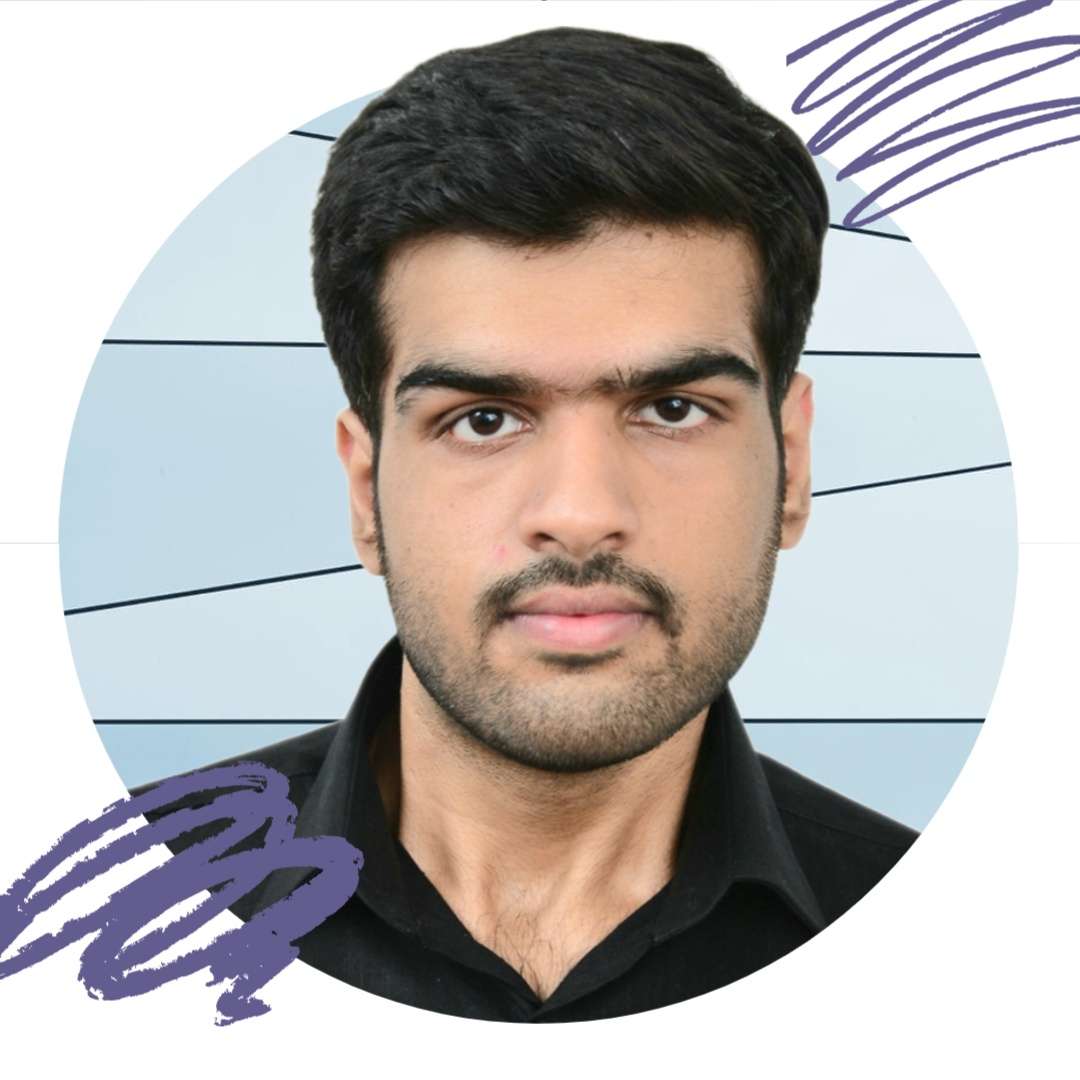The world of technology is constantly evolving, and the rise of artificial intelligence (AI) has led to debates about its potential to replace human roles, particularly in programming. However, a closer examination reveals a more nuanced relationship – a symbiotic dance where humans and AI collaborate to push the boundaries of innovation. In this article, we will explore the relationship between AI and programmers and how the integration of AI into programming can be viewed as a partnership rather than a replacing threat.
The Evolution of Programming:
Programming has come a long way since the days of punch cards. Each new language and tool is built upon the last in the quest for efficiency and automation, marking the history of programming. AI represents the latest chapter in this story, promising not just automation but a leap into the realm of intelligent problem-solving. It can potentially revolutionise how we approach programming and solve complex problems.
AI as a Tool, Not as a Replacement:
Contrary to the ominous narrative of job replacement, AI should be viewed as a powerful tool that increases the capabilities of programmers. Automated code generation, bug detection, and optimization are:
- Areas where AI excels.
- They are allowing programmers to focus on higher-level tasks such as architecture design.
- Creativity.
- Problem conceptualization.
Introducing AI can free up time and resources for programmers, letting them work on more complex and creative tasks.
The Creative Spark:
While AI can handle repetitive and algorithmic tasks, creativity remains firmly in the domain of human programmers. The ability to think critically, understand user needs, and conceptualize novel solutions are skills that AI lacks. Instead of replacing creativity, AI serves as a catalyst, offering suggestions and insights that programmers can leverage to enhance their work. Human programmers can use AI to augment their creativity and inspiration, leading to more innovative solutions.
Adaptation and Lifelong Learning:
The integration of AI into programming underscores the importance of adaptability. Programmers must embrace a mindset of lifelong learning, evolving alongside the technology they wield. Rather than fearing displacement, the focus should be on upskilling and leveraging AI as a collaborative partner in the ever-expanding world of programming languages and paradigms. This partnership can lead to new and exciting opportunities for programmers to explore and innovate.
Ethical Considerations:
As AI becomes more ingrained in the programming landscape, ethical considerations emerge. Responsible development practices, transparency, and accountability become paramount. The programmer ensures ethical oversight and deploys AI in ways that align with human values and societal well-being. Programmers must understand the ethical implications of AI and use it responsibly to ensure that it benefits everyone.
The Future Landscape:
Looking ahead, the future of programming is a harmonious coexistence between human ingenuity and AI capabilities. Programmers will find themselves at the forefront of innovation, utilizing AI as a powerful ally in pursuing efficiency, creativity, and problem-solving. Integrating AI into programming can lead to new and exciting opportunities, and for programmers willing to adapt and learn, the potential for success is vast.
Future of Human-Computer Collaboration
The relationship between AI and programmers is not one of replacement but of partnership. The key lies in understanding and harnessing the collaborative potential of this dynamic, ensuring that as technology advances, so too does the role and impact of the human programmer. By embracing AI as a tool and using it responsibly, programmers can unlock new levels of creativity and innovation, leading to a future where AI and programmers engage in a symbiotic dance, each bringing unique strengths.


